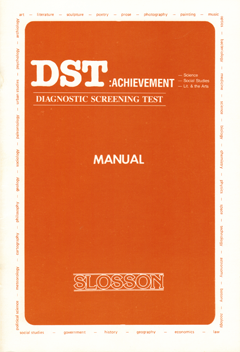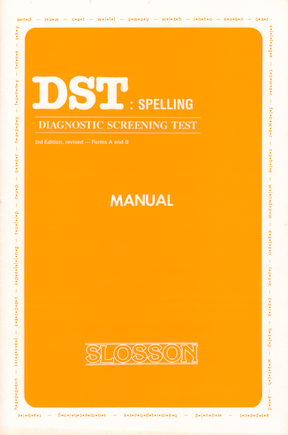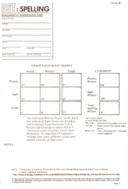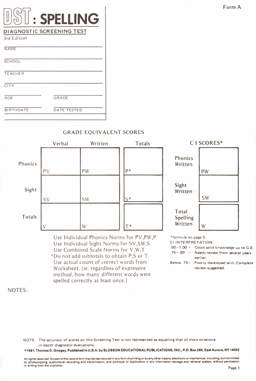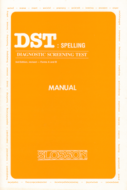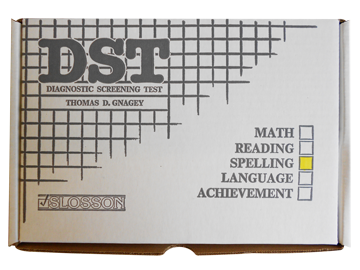Order the Entire DST Battery and Save!
(DSTS) Diagnostic Screening Test: Spelling - Third Edition
Quantity Instructor Discount Available for the DSTS.....Refer to Promos Page
The DSTS is designed in a flexible format making it easy to administer and score, to meet the needs and preferences of most examiners. The 78 test words are arranged in developmental sequence, thereby cutting administration time to between five and ten minutes.
Five diagnostically important problem areas can be explored: Sight or Phonics orientation for spelling instruction; Relative efficiency of verbal and written testing procedures; Analysis of sequential and gross visual memory; Analysis of sequential and gross auditory memory, and generally good or poor potential as a speller. Two versions, Form A and Form B are available and may be considered equivalent for test-retest comparisons.
Thomas D. Gnagey
Grades: 1 through 12
Administration: Individual or Group Settings



